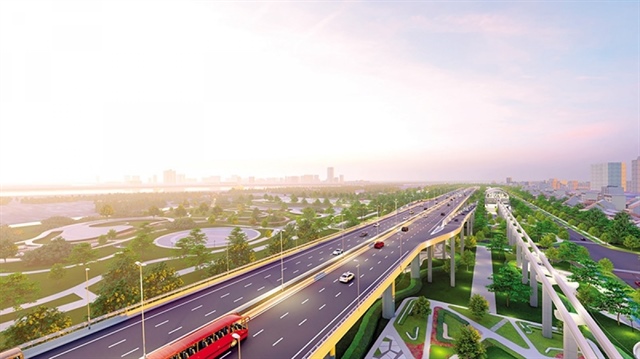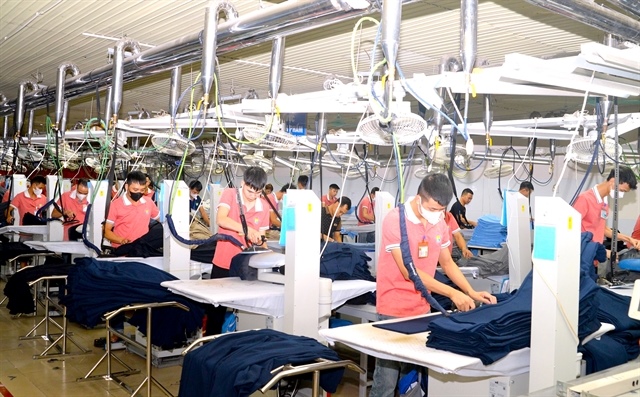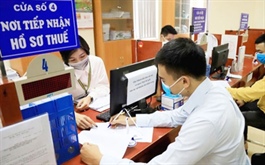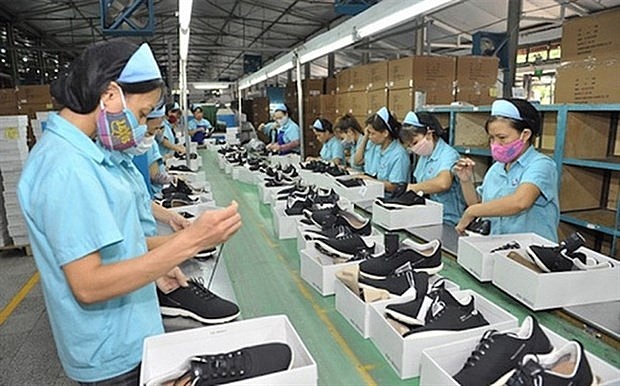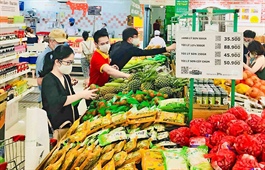Development planned of maritime economic clusters
Development planned of maritime economic clusters
Vietnam strives to form seven maritime economic clusters in advantageous coastal and marine regions by 2030, with priorities given to the development of marine economic products and services with added value.
Risks to coastal areas
The world’s ocean economy has an estimated annual turnover of between US$3-6 trillion, including revenues from oil and gas, maritime transport, ports, renewable energy, fisheries, marine ecosystems and tourism.
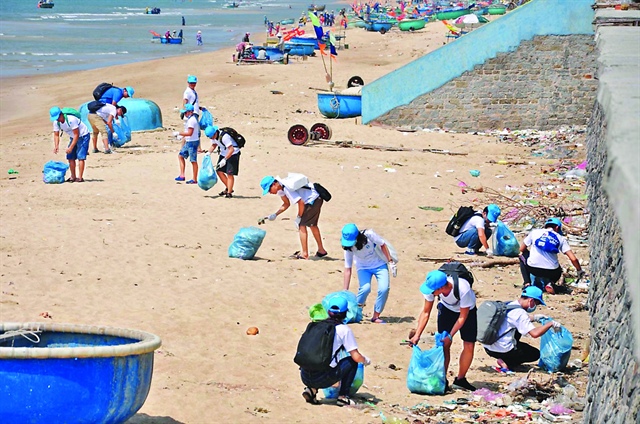
Vietnam has been making efforts to conserve biodiversity and protect the environment |
According to Vietnam’s Deputy Minister of Natural Resources and Environment Le Minh Ngan, sea and island tourism contributes 70 percent of the country’s tourism revenues. The output of sea freight transport reaches 85.1 million tonnes; oil and gas production reach 18.43 million tonnes (with crude oil production of 10.97 million tonnes), aquatic exploitation output is 3.92 million tonnes and 35 wind power projects underway have a total capacity of up to 60 GW.
The maritime economic sectors play an increasingly important role in the post-pandemic socioeconomic recovery and in promoting Vietnam’s economic growth. They are also an important driving force for environmental protection, strengthening national defense and security, foreign affairs and international cooperation.
However, Vietnam’s sea and coastal areas are exposed to risks from marine disasters, extreme weather and consequences of climate change.
According to the World Bank, a five-meter sea level rise will erode 16 percent of Vietnam’s land area, threatening 35 percent of its population and 35 percent of its gross domestic product. Coastal lowlands, atolls, and a host of ecosystems and infrastructure will possibly be destroyed by flooding.
Faced with such scenarios, the Prime Minister recently issued Decision 892/QD-TTg 2022 approving the development of effective maritime economic clusters by 2030.
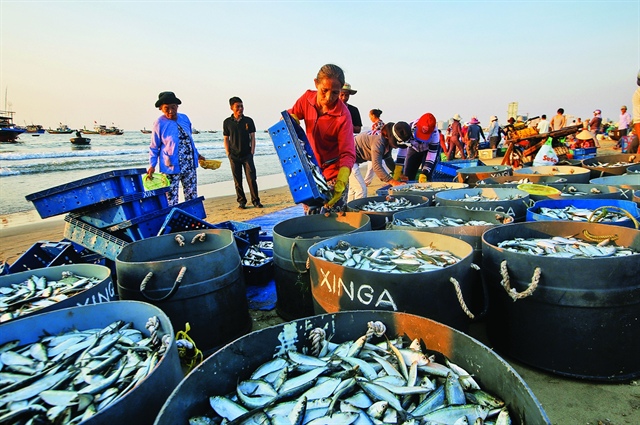
The restoration of marine ecosystems at Son Tra Nature Reserve, Da Nang City has increased fishery resources |
Prioritizing blue sea economy
The southern province of Ba Ria–Vung Tau and the southeast part of Ho Chi Minh City, and the Hai Phong – Quang Ninh region in the north are two of the places proposed to host Vietnam’s strong maritime economic centers.
The economic growth rate of the key maritime clusters associated with maritime economic centers is expected to be equal to at least 1.2 times that of the nation’s average.
According to the general development direction, the seven maritime economic clusters will comprise domestic and foreign enterprises, organizations and units which provide specialized marine services and infrastructure, business and trade associations, related professional associations and the involvement of authorities at different levels and sectors, especially those in charge of coastal localities.
The clusters will prioritize services and products with added value, attract large-scale enterprises and high-tech projects to contribute to green growth, and protect the marine ecological environment as well as the marine economy, consolidating and strengthening national defense and security in the sea and islands.
Developing sea and island tourism is one of the priorities for effectively exploiting the potential and strengths of tourism resources in each region and along Vietnam’s entire coast.
The project stresses the importance of tourism economy development along with eco-tourism and leisure centers, complexes and sea and island resorts that meet international standards in clusters in the central region, the southwestern coastal area (Kien Giang and Ca Mau provinces) and other areas with suitable conditions.


